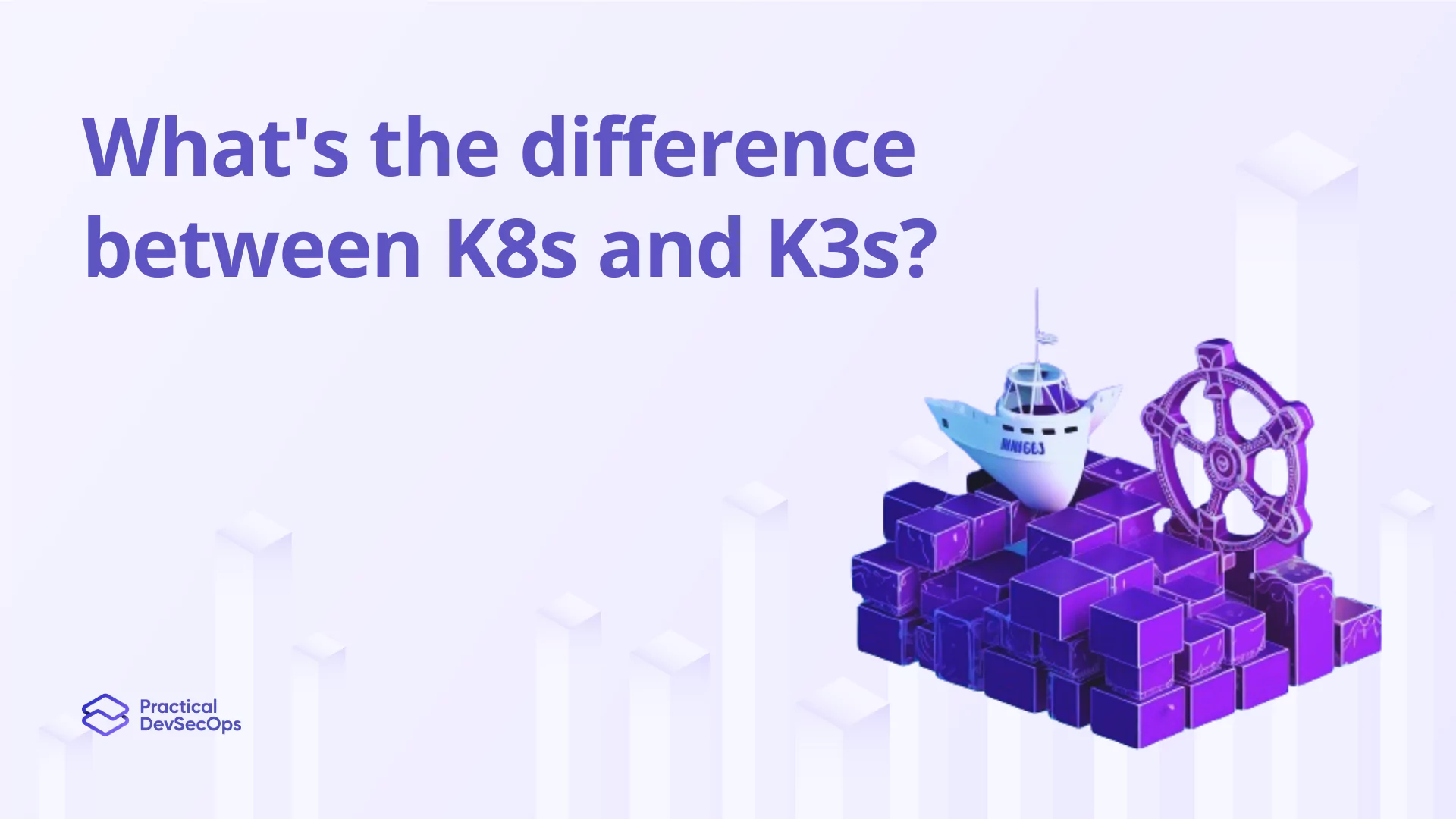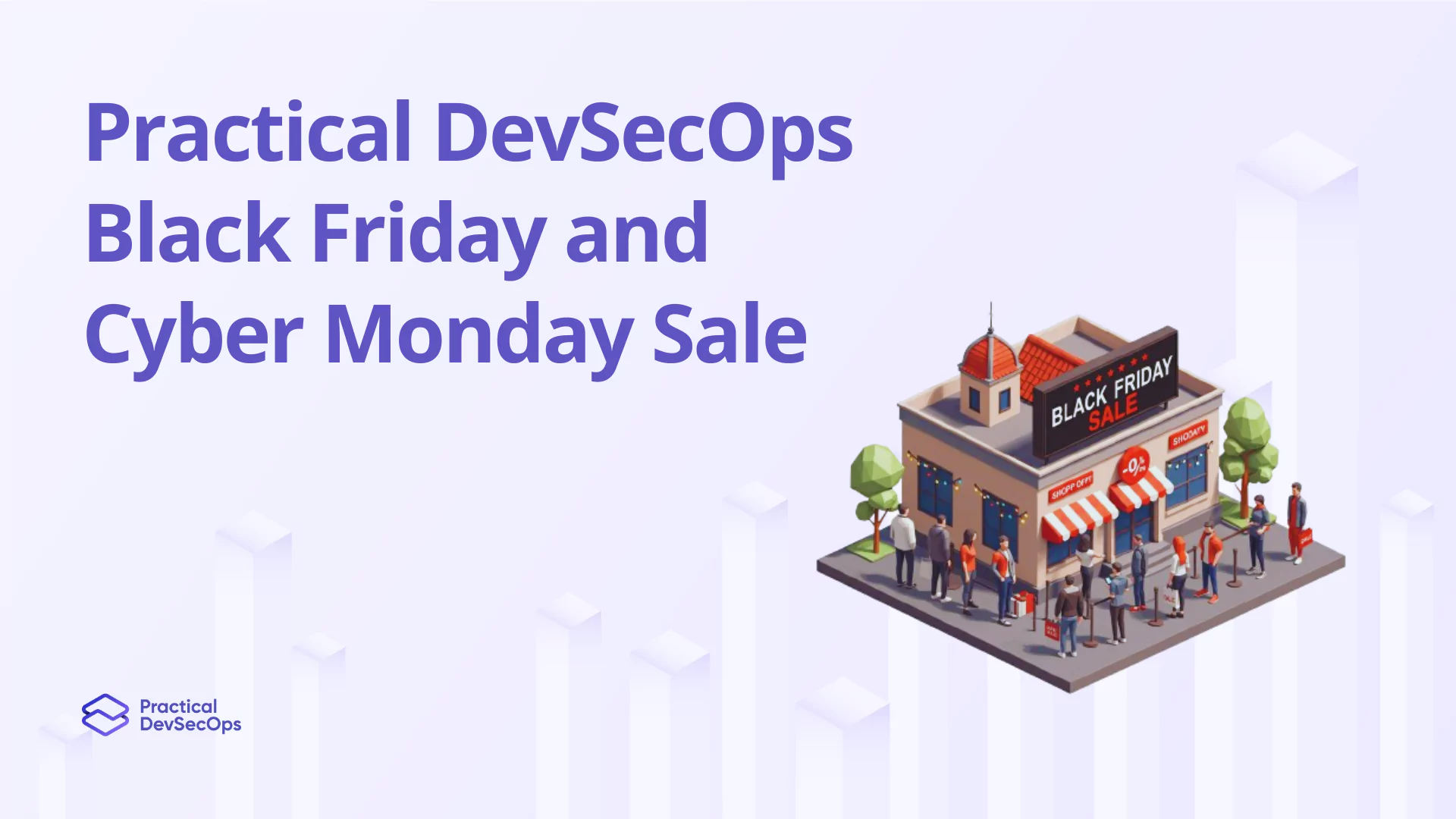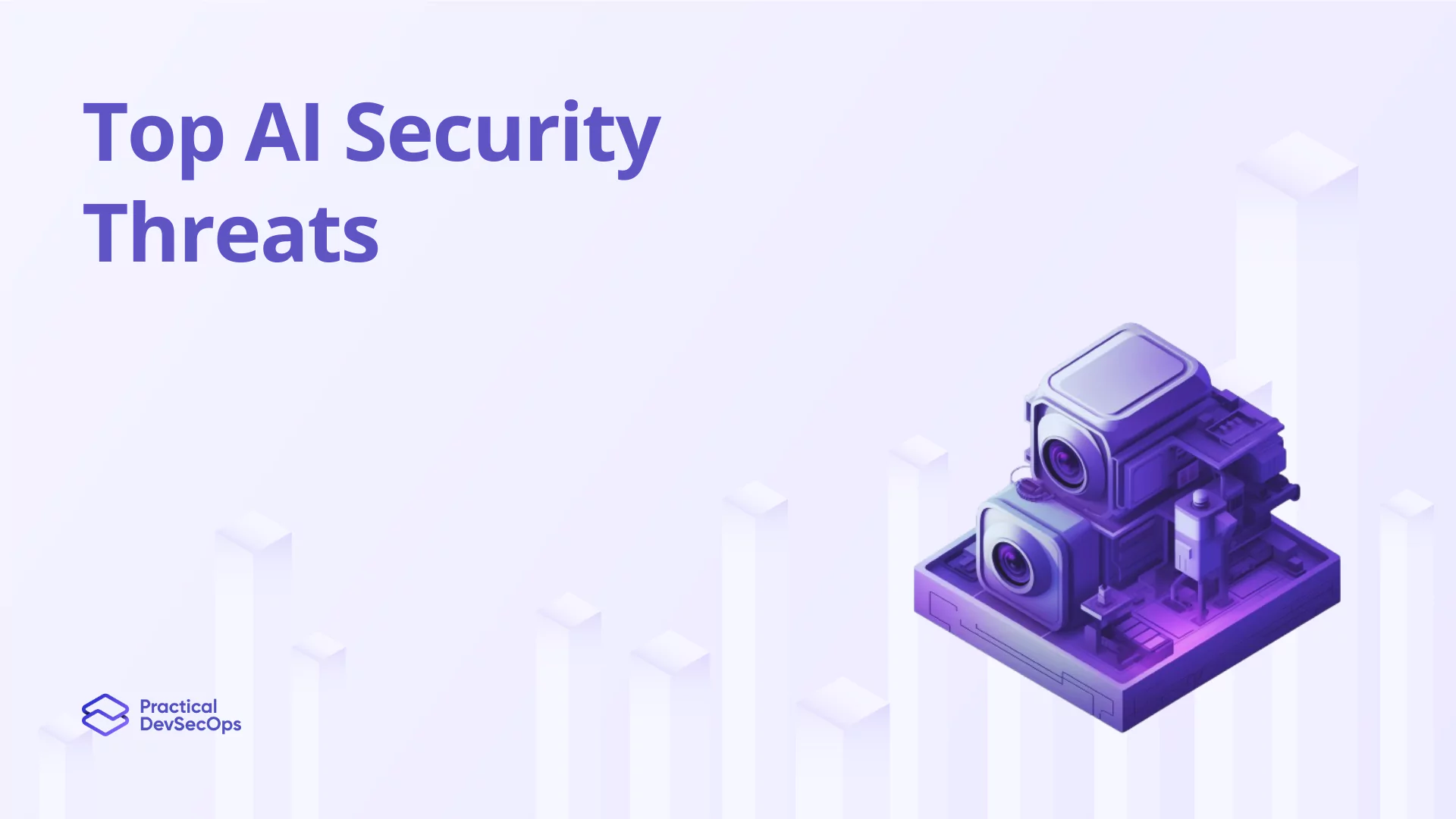Kubernetes (K8s) is an open-source orchestration platform automating the deployment, scaling, and operations of application containers. It will propagate DevOps practices for scaling and managing containerized applications over clusters of hosts. K3s is an optimized distribution for edge computing, IoT, and small-scale cloud environments.
In the landscape of K8s and K3s, they emerge as indispensable tools. They not only facilitate orchestration but also manage containers effectively, simplifying CI/CD and streamlining security for agile software development and deployment pipelines.
Also Read about the Best Kubernetes Certifications in 2024
Dive into Kubernetes (K8s)
Overview of Kubernetes
Kubernetes, or K8s, serves as a robust orchestration platform, automating the deployment, scaling, and management of containerized applications. Its architecture, featuring master and worker nodes, actively manages the lifecycle of containers & maintains their optimal performance. K8s stands as a fundamental element in contemporary software deployment.
Kubernetes in Practice
Industries widely adopt Kubernetes because it efficiently manages complex, large-scale environments. It also handles various workloads, including microservices and batch processing, providing high availability and scalability. Kubernetes streamlines container orchestration, it allows businesses to innovate quickly while sustaining robust & scalable systems.
Exploring K3s: The Lightweight Alternative
What is K3s?
K3s is much simpler and smaller: Just around 50MB, while Kubernetes is bloated with more features and around 2GB. It is built to be simple; hence, it takes a minimalistic approach to trimming out unneeded components that could make its footprint and management complex. The result is that K3s is an ideal solution for edge computing, small clouds, and these resource-constrained situations. Even with its small footprint, K3s supports all the key features empowering Kubernetes to be powerful and portable for managing the containers.
K3s in Action
Enter K3s: ultra-small footprint, easy operations, quick time from resource efficiency, and aimed at edge-type small IoT devices to even small-scale cloud deployments. Organizations may be more inclined, therefore, to go for K3s, which are easier to install, require fewer resources, and maintain simplicity in maintenance processes, notably in environments not needing the full power of Kubernetes.
Also Download our Kubernetes security 101 PDF
Comparative Analysis: K8s vs. K3s
Performance and Resource Requirements
Kubernetes (K8s), therefore, is much more feature-filled compared to its counterpart, K3s. As such, K8s will be ideal and best fitted in much bigger and huge environments. On the other hand, the high-efficiency and superfast start-up time service it provides is much less demanding and resource-consumptive, perfect for the small scale or resource-limited environment.
Ease of Deployment and Management
K8s offers deployment and strong scaling but is often complex in setting up and managing. K3s is designed to be minimally invasive in both deployment and management, keeping overhead to a minimum and providing a more user-friendly experience. Moreover, Its lightweight nature makes it scalable and easier to maintain, especially in environments where the full feature set of K8s is not necessary.
Use Case Suitability
K8s is best suited for hosting large, complex applications which require high availability, heavy networking, and storage capabilities. K3s, therefore, is the perfect solution for edge computing, IoT, or the other types of environments’ installations which require much lesser resources and are highly efficient, hence easy deployment.
Also Read our Kubernetes Security Trends in 2024
Making the Right Choice for Your DevSecOps Pipeline
Integration with DevSecOps Tools
DevSecOps practices find their natural nesting within the DevSecOps workflow of continuous integration and deployment practices. K8s is power-packed with a comprehensive set of tooling and plugins, which are highly powerful in offering support to the complex needs for scaling and automation. With this, k3s provides speed and simplicity to bring agility, allowing quick development cycles with smaller, iterative deployments.
Decision Criteria
When you should use K8s and when K3s in your DevSecOps pipeline would primarily depend upon the scale of operation, availability of resources, and deployment complexity.
K8s is best suited for large and complex systems in design that necessitate full-bore orchestration and management capabilities.
On the other hand, K3s are suited to cases that need to be deployed rapidly, while at the same time consuming less of their resources and being easily manageable.
Conclusion
The choice will be between the two, depending on the user’s needs: K8s for big and complex deployments, due to its exhaustive feature set, while K3s is suitable for a small environment that uses minimal resources and requires a light, trimmed, and effective design. Evaluate your scale, resource availability, and the complexity of your infrastructure to come up with a platform to best optimize the functional balance and efficiency in regard to your special operational requirements of your DevSecOps pipeline.
Interested in Kubernetes Security Hands-on Training?
You can get trained in Kubernetes security by enrolling in our Cloud-Native Security Expert (CCNSE) course, which provides hands-on training in important concepts of Kubernetes security, such as: Hacking Kubernetes Cluster, Kubernetes Authentication and Authorization, Kubernetes Admission Controllers, Kubernetes Data Security, Kubernetes Network Security, Defending Kubernetes Cluster.
Course Highlights:
- Hands-on training through browser-based labs
- Vendor-neutral course
- 24/7 instructor support
- CCNSE Certification is among the preferred for Kubernetes security roles by global organizations
Also read about Kubernetes Pod Security Policies
Also read about Top Container Security Tools






0 Comments